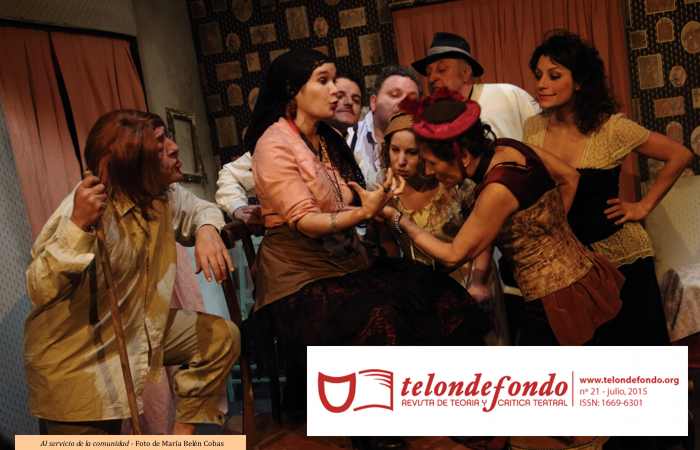The Limit of Representation or the Representation of the Limit. A Perspective on the Bond between Myth and Nazism in Bertolt Brecht's <i>Antigone</i>
Abstract
This article aims to formulate a hypothesis that poses a possible interpretation of the connection that occurs between the myth of Antigone and Nazism in Bertolt Brecht’s play Die Antigone des Sophokles nach der Hölderlinschen Übertragung für die Bühne bearbeitet von Brecht. From an analysis of the structural and semantic level of the piece, a repeated and systematic work with the idea of liminality -that finds a synthesis in the figure of Polynices- is evidenced. Built like a homo sacer, structurally this character condensed nucleus of meaning relevant to certain aspects of the Nazis modes of presentation and representation of death. In this sense, the association established by Brecht rests on a reformulation and mobilizing structures of representation that builds a representation that does not matter as object but as representation itself.Downloads
Los autores/as que publiquen en esta revista aceptan las siguientes condiciones:
-
Los autores/as [traductores] conservan los derechos de autor y ceden a la revista el derecho de la primera publicación, con el trabajo registrado con Licencia Creative Commons Atribución-NoComercial-CompartirIgual 4.0 Internacional, que permite a terceros utilizar lo publicado siempre que mencionen la autoría del trabajo y a la primera publicación en esta revista.
-
Los autores/as pueden realizar otros acuerdos contractuales independientes y adicionales para la distribución no exclusiva de la versión del artículo publicado en esta revista (p. ej., incluirlo en un repositorio institucional o publicarlo en un libro) siempre que indiquen claramente que el trabajo se publicó por primera vez en esta revista.
-
Se permite y recomienda a los autores/as a publicar su trabajo en Internet (por ejemplo en páginas institucionales o personales).











